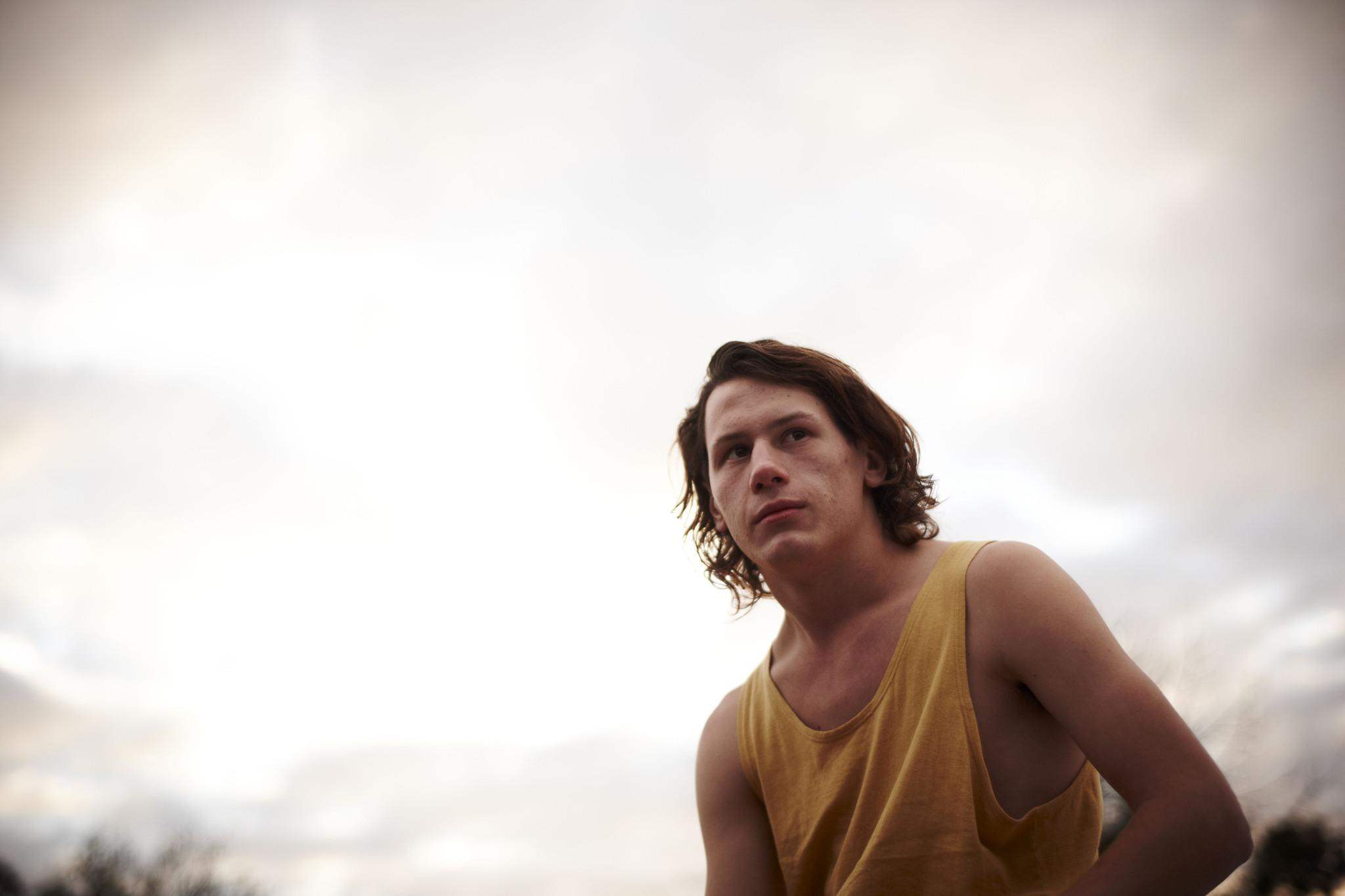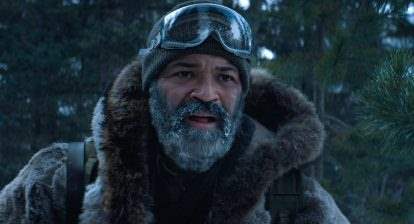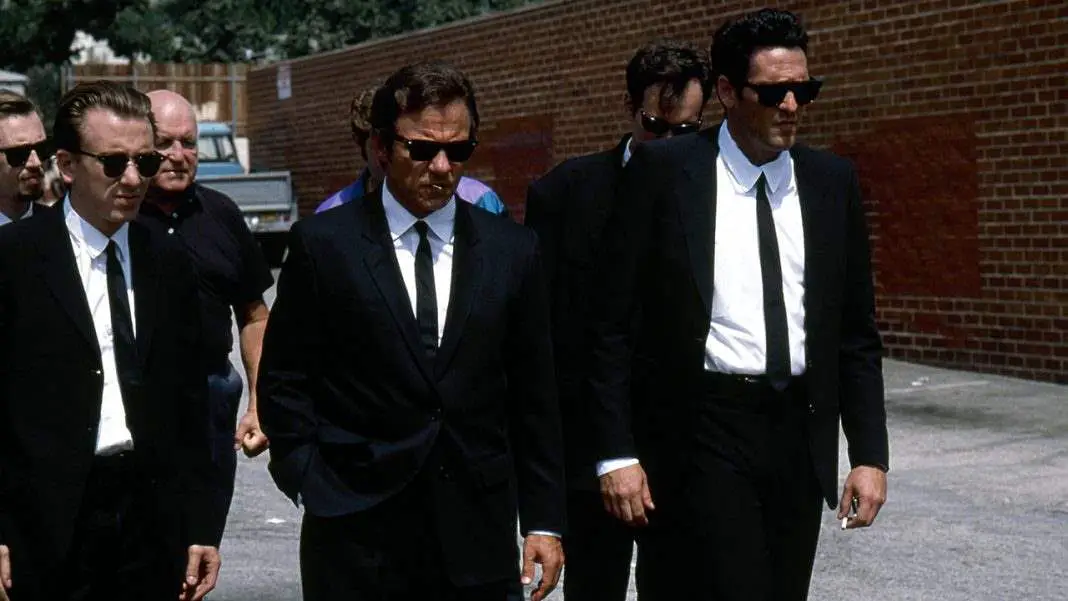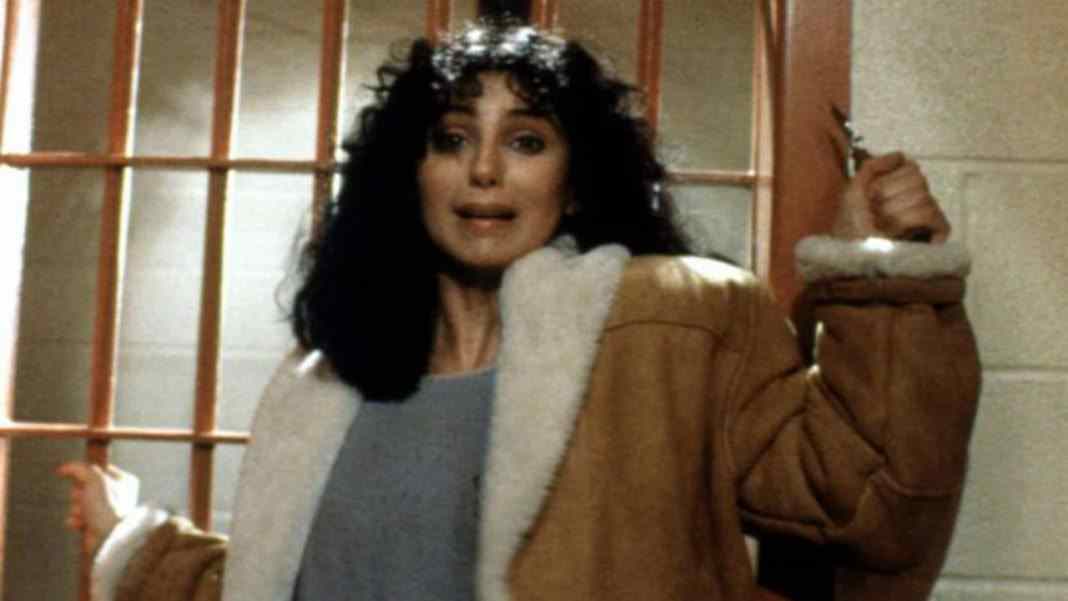Horror is evolving as a genre. Although your local multiplex is still peppered with the usual contenders, look a bit closer and you’ll find the latest drama, thriller, or crime offering is closer to horror than you might expect. In this bi-weekly series, Joey Keogh presents a film not generally classified as horror and argues why it exhibits the qualities of a great flight flick, and therefore deserves the attention of fans as an example of Not Quite Horror. This week, it’s Snowtown, the horrifically realistic, yet curiously subdued, cinematic take on the story of one of Australia’s most prolific serial killers.
Justin Kurzel’s directorial debut Snowtown (AKA The Snowtown Murders) regularly tops lists of the most disturbing movies ever made. Seeing it classed alongside the likes of A Serbian Film, The Human Centipede and Martyrs will leave genre fans scratching their heads–after all, for much of its 119-minute run-time, nothing too shocking actually happens.
The real-life murders, with which the movie deals, were committed between 1992 and 1999 in Southern Australia. Also known as the bodies-in-barrels murders, The Snowtown Murders encompassed only one killing near the titular town (the bodies were mostly discovered there, hence the name). There were twelve victims total, many of whom were tortured prior to being killed. The ring-leader was deemed, after a lengthy, well-publicised trial, to be John Bunting, a man who supposedly was the victim of sexual assault as a youngster.
This background information is of the utmost importance because, as a standalone film, Snowtown is damn near impenetrable at times. Kurzel confidently eschews any exposition whatsoever, the drama unfolding in long, steady, seemingly innocuous takes. The violence, of which there is some but not nearly enough to deem this film shocking for gore alone, comes in bursts, interspersed into the narrative when it’s least expected.
Kurzel’s primary concern is with teenager Jamie (based on real-life perpetrator James Vlassakis), a disillusioned, borderline mute kid who’s led astray by his mother’s new boyfriend, the imposing Bunting himself (played with astonishing restraint by The Babadook‘s Daniel Henshall). When he’s first introduced to us, Bunting seems nice and gentle (particularly compared to a previous paramour, a pedophile). Through family dinners and neighbourhood watch meetings, he gradually ingratiates himself.
There are a couple of moments when John shows his true nature, particularly in dismembering a dead ‘roo and leaving it on the ex’s doorstep, or when he forces Jamie to shoot a dog. But, for the most part, he seems harmless until the poor kid is in too deep to escape his clutches. When the murders do kick off, the group kill with such alarming efficiency, and mostly for no reason, that it’s sometimes difficult to keep track of who’s dead and who’s alive.
It seems it was Kurzel’s intention to muddy the waters, however, as the case itself wasn’t an open-and-shut kind of thing. Lasting nearly a year, there were over 250 suppression orders preventing publication of the gruesome details until the director and his team successfully had them lifted by a judge in order to do research for Snowtown. The result is a staggering, bleak and, yes, disturbing take on a horrific true story that refuses to sugar-coat or glamourise the nastiness of the events.
Much like his super-goth Macbeth, a fellow Not Quite Horror film, Kurzel paints with a brooding, dark pallette here, all blues and greys to bring out the desolate landscape. Set, and shot, in a poor, somewhat forgotten area outside of Adelaide, Kurzel utilises recurring motifs such as meetings around a battered kitchen table, hours stretched out sitting in the backyard staring into space and smoking with literally every meal, to make a point about why someone like Jamie could so easily be lured into such dark activities.
Kurzel’s brother, Jed, who also scored Macbeth, uses a stripped-back theme here, composed mainly of the same isolated beats repeated over and over. It’s used sparingly, usually during tracking shots, and never to evoke emotion. In a film such as this, where most of the horror is implied rather than outright shown, the music is of the utmost importance and Kurzel understands exactly how to set the scene without overdoing it.
Snowtown is a gruelling, but rewarding watch. It’s light on violence, with a few key sequences of torture and, of course, rape (this is an Australian film, after all) standing out among the mundanity of everything else. Kurzel directs with a steely, unflinching eye, allowing us to fill in the blanks ourselves. This approach may frustrate some viewers, but it’s one that yields undeniably unsettling results.
Henshall is mesmerising as the leader of a group of profoundly homophobic, misogynistic blokes, so desperate to prove their blokiness they’ll resort to the most horrific acts imaginable. As Jamie, Lucas Pittaway has the tortured dissonance of a young Heath Ledger, mixed with the roughness of Jack O’Connell. Ending ominously, with the stark facts of the case presented in un-showy detail, Snowtown manages to tell us everything we need to know without telling us much of anything at all.







